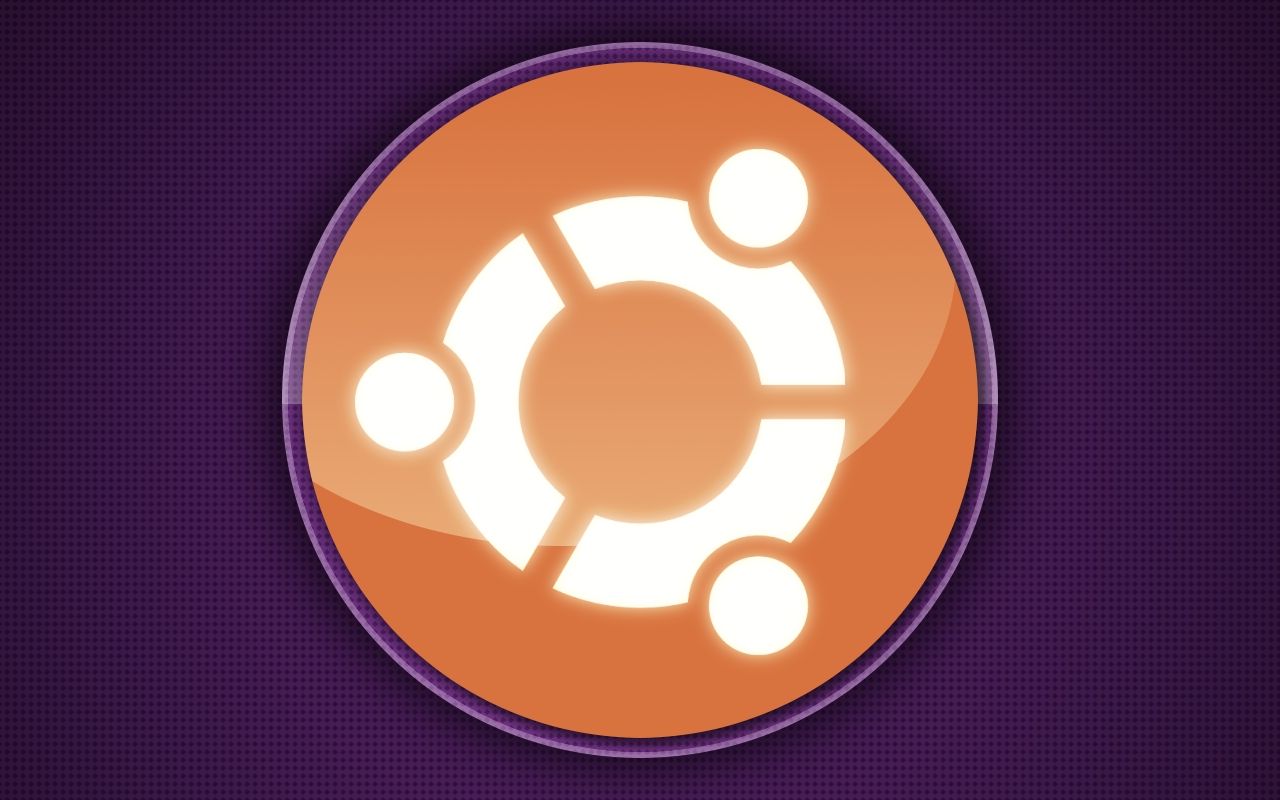A work-related issue managed to intrude on my Linux conversion studies. I ended up with a 2003-dated document that needed reformatting and significant updating. I knew I needed employ Optical Character Recognition to convert the document, or I'd be copy-typing into the early hours (
Warning! Education Inbound! It's commonly referred to as OCR - where the system looks at the letters in a printed document and converts them into a computer file).
I ended up booting up my PC in Windows for the first time in ages... I have to explain that justification for reverting to my old operating system is because I have an HP wireless printer that I have not installed in Ubuntu. So the only way that I thought I was going to convert the document was with the installed HP drivers I had on Windows.
So I boot up the PC, go to the printer applications... and there's no OCR function! The first time I use Windows in some time and the application that I took for-granted would be there, wasn't - I even visited the HP site for my printer and couldn't find an application that would do what I wanted.
Having now become an Ubuntu evangelist, I restarted the machine, entered Ubuntu and went to the Software Centre. There I found XSane, which appeared to do everything I wanted. With more joy than I can state about my operating system choice than I can mention, I happily installed the app and fired it up.
I was overjoyed that Ubuntu recognised my printer (
I had to do a wired connection - I didn't have time to work out how to set it up a wireless). So I scanned the first page and pressed the OCR button... And then I encountered an error saying I didn't have '
gocr'. Now my total ignorance kicked in. I read that as 'I didn't have "
go-cr" installed'. Having a newbie panic attack, I clicked buttons left, right and Chelsea to no avail. So if in doubt, Google it!
Did I feel like a total dork when I realised this was a command line application? (
Answer - Yes!)
So here was the first time that I had to enter the Terminal in anger. I opened the terminal and tentatively typed the letters '
gocr'. Again, this was a moment of shock at how user-friendly Ubuntu is, even in the Command Line. It told me that '
gocr' wasn't installed, and then told me how to use the command line to download it! I faithfully followed the instructions - and BINGO - successful installation of '
gocr'.
Feeling more pride than was right, I revisited XSane and tried to use the OCR. And it worked... Sort of... Well, it worked to the sense that maybe 1 in 4 characters were recognised. The one page I scanned looked like a cross between a computer crash that had been translated into Arabic with the random English word thrown in.
I was certain that I had some of the scanning settings incorrect, so up'ed the scan resolution, changed the file type, full colour, monochrome... every option that I thought was open to me, I changed... But I was still presented with total gobbledygook. Clearly it was time to revisit Google.
Here I found a reference to another command line operation I could use - this time '
tesseract'. Again, just by typing the command, I was told how to install it. So I did. This application enables you to OCR .TIFF documents.
Well, I knew that XSane would scan a page to make a .TIFF, so I could use '
tesseract' to OCR such files. I also knew from a manual I downloaded to my Kindle (
I told you I was a gadget geek) that one of the advantages of using the command line was that you could batch process files (
Warning! Education Inbound! To perform actions to multiple files with a single command). So I scanned the document as separate
.TIFF files.
The first problem I encountered was how to change directory in the Terminal... Remember, the last time I used a command line was in MS-DOS. I soon learned how to do it, then tried a batch conversion. So I then typed '
tesseract *.tiff *.txt'... and was told that I had entered the command incorrectly. I tried a couple of variations of typing the command, but nothing worked. (
Caution! Question Incoming! If you can tell me what I did wrong, I would love to learn what to do next time.)
So I had to resort to converting each file one at a time... and it worked! Sure this was not the most efficient way of doing it, but it worked and saved me the hours it would have taken to copy-type the document.
So, I'm no longer scared of playing with the Terminal. I've learnt I can do it without the PC blowing up. I can do it, albeit inefficiently, but get my work done faster than I would have done in Windows. I know that I have more to learn - but then again, name a new Linux user that doesn't. But again, I encountered a problem and ended up enjoying learning how to fix it - and delivered something to my workplace that would never have happened if I hadn't started this journey.
Sure, at times I feel frustrated - but I'm getting the job done faster than I would have if I hadn't started it. This is turning into something that is not only teaching me, but it's teaching me there is a far better way to get stuff done - even when you're making novice mistakes that I'm making.
























